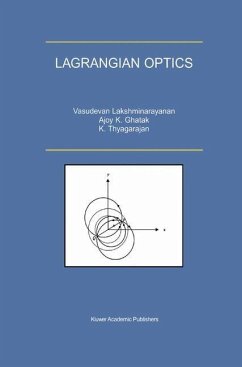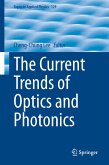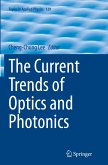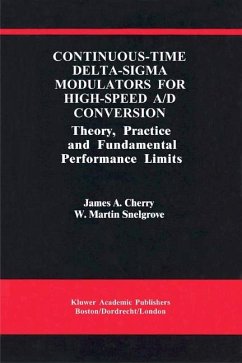Ingeometrical optics, light propagation is analyzed in terms of light rays which define the path of propagation of light energy in the limitofthe optical wavelength tending to zero. Many features oflight propagation can be analyzed in terms ofrays,ofcourse, subtle effects near foci, caustics or turning points would need an analysis based on the wave natureoflight. Allofgeometric optics can be derived from Fermat's principle which is an extremum principle. The counterpart in classical mechanics is of course Hamilton's principle. There is a very close analogy between mechanics ofparticles and optics oflight rays. Much insight (and useful results) can be obtained by analyzing these analogies. Asnoted by H. Goldstein in his book Classical Mechanics (Addison Wesley, Cambridge, MA, 1956), classical mechanics is only a geometrical optics approximation to a wave theory! In this book we begin with Fermat's principle and obtain the Lagrangian and Hamiltonian pictures of ray propagation through various media. Given the current interest and activity in optical fibers and optical communication, analysis of light propagation in inhomogeneous media is dealt with in great detail. The past decade has witnessed great advances in adaptive optics and compensation for optical aberrations. The formalism described herein can be used to calculate aberrations ofoptical systems. Toward the end of the book, we present application of the formalism to current research problems. Of particular interest is the use of dynamic programming techniques which can be used to handle variational/extremum problems. This method has only recently been applied to opticalproblems.








